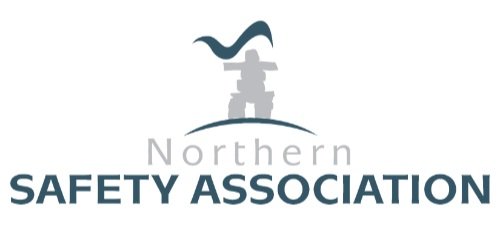FAQ’s

-
Workplace Safety and Health Legislation places the onus on each employer to ensure all employees who work with or within the proximity of controlled products are trained in WHMIS. Legislation also requires employers to review their program annually.
-
Injuries may result from objects falling from above, but can also occur from side, front or rear impact. Due to these risks, protective head wear is required at all times on a construction project site.
-
Legislation requires all safety training to be conducted by a “competent person.” Competency can be determined based on previous knowledge, training or experience. If the employer deems an employee to be a competent trainer, fall protection training may be delivered in-house. The training should include both theory and practical components and a test.
-
There must be a designated prime contractor for a construction project if more than one employer or self-employed person is involved in work at the construction project site at the same time. This designation should be made in writing
-
The Return to Work (RTW) Program is intended to provide injured workers who are unable to perform their normal duties with alternative or modified work. RTW accommodates an injured worker by safely transitioning them back into the workplace as quickly as possible. An effective RTW program is hugely important in both helping a worker recover and to manage a company’s WCB costs
-
If the prime contractor does not have a system in place to share required information, they are actually in violation of the Safety Act. If appropriate, you would be well served to advise them of their legal responsibilities and what documentation you plan to share with them.
